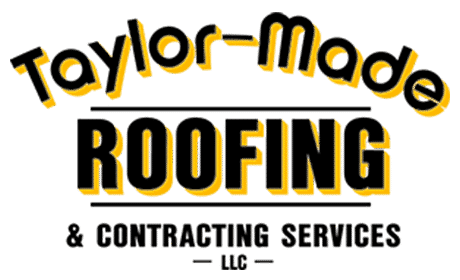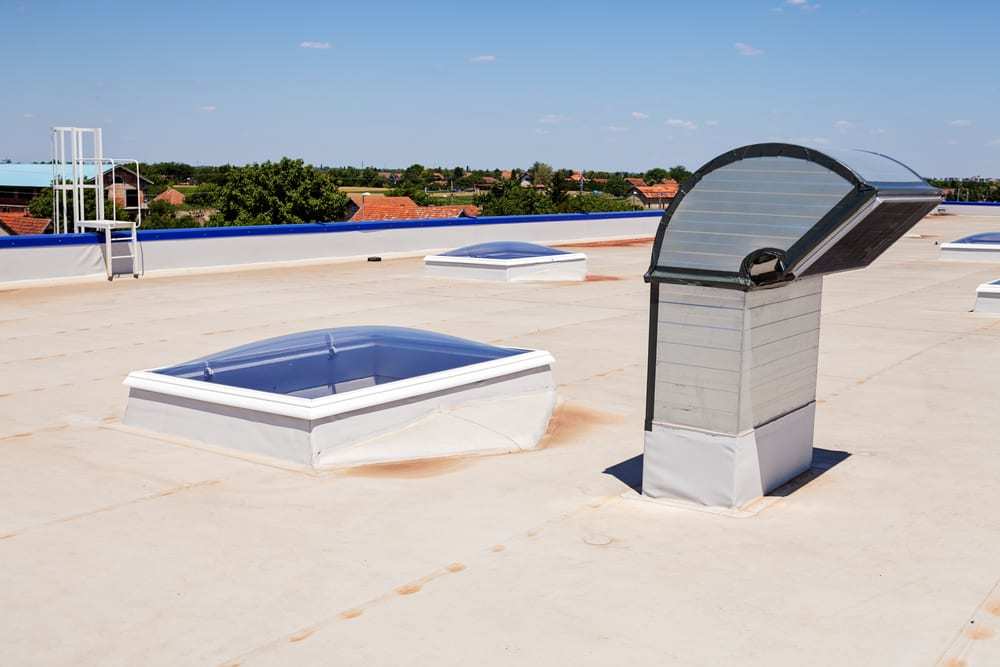Navigating roofing options in today’s saturated market? Well, that’s enough to make anyone’s head spin. TPO and PVC roofing are two of the most popular options for commercial roofs. While TPO roofing is energy efficient and long lasting, PVC roofing is lightweight but strong and offers similar ease of installation. So, which one is the best choice for your project? This week, we’re offering the ultimate comparison: TPO vs. PVC roofing.
TPO vs. PVC Roofing
Background
Manufactured since the early 1990s, TPO roofing is the fastest-growing segment in the stateside single-ply roofing industry. PVC roofing has made its way to the United States market after becoming extremely popular in Europe. Both roofing options are durable, cost-effective, and energy-efficient, but there are several key differences to note.
Weathering
TPO and PVC are both offered by Mule-Hide Products, and they’re extremely durable. However, TPO tends to come out on top when it comes to weathering. TPO membrane is made from ethylene propylene rubber, which is chemically bound and reinforced with fillers including talc, carbon filler, and fiberglass. The powerful membrane is also designed to offer the benefits of a rubber roof with hot air-weldable seams, which contributes to durability. PVC is also extremely durable, with heat-welded seams that provide excellent strength and wind resistance. However, TPO tends to be the better option for areas with high rates of wear and tear.
Flexibility
PVC offers slightly more flexibility than TPO, which is a plus depending on the nature of your roofing project. The flexibility comes from the additional plasticizers that are added to the roofing membranes. Additionally, PVC sheets can be easily made to look like standing seam roof systems, offering great aesthetic value for a relatively low price point.
Cost
When weighing the costs of TPO vs. PVC roofing, there are several factors to keep in mind including square footage, regional location, and heating and cooling costs. Generally, they’re similar in price. Additionally, both TPO and PVC roofing may save you money in the long run due to their positive impact on heating and cooling costs. Work with a contractor to calculate the exact cost of your roofing.
Other Factors
There are several additional factors to keep in mind if you’re working on a commercial project. For example, PVC offers better chemical resistance, making it especially strong when faced with oils or greases. That makes PVC a good option for restaurants or hospitality destinations. TPO also generally has a longer life cycle, which might make it a good option in areas with extreme weather conditions.
_____
TPO and PVC roofing are some of the most popular roofing options on the market today. While they’re both great products, there are several factors you’ll want to consider when approaching your roofing project.
Do you have further questions about TPO and PVC roofing? Reach out to Taylor-Made Roofing. As a family-owned company with more than 20 years of experience meeting the roofing needs of those who live and work in southern Missouri, we know that the choice of roofing materials can make the difference between major savings and a major headache. Whether you’re in need of basic maintenance, a repair, or a total replacement, we’re ready to help. Contact us today to learn more.

